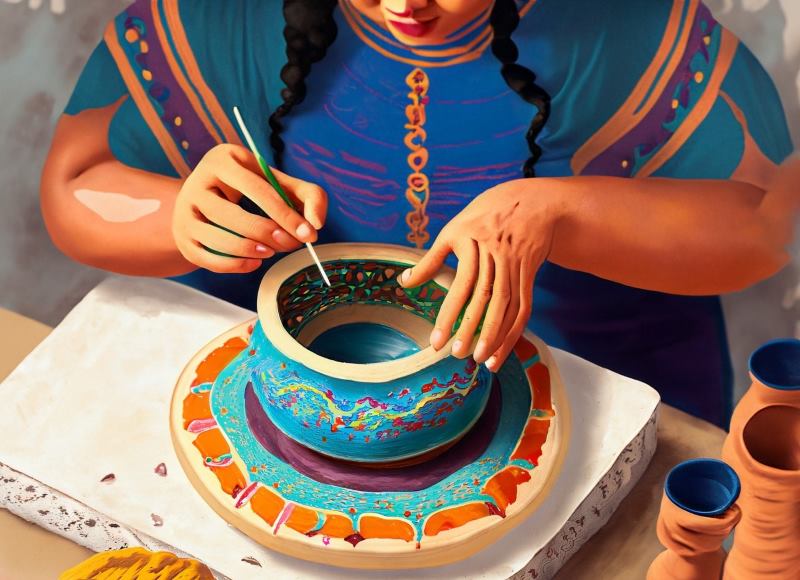The Rich History of Mexican Pottery Traditions
Discover the rich history and cultural significance of Mexican pottery, exploring its various techniques, styles, and the vibrant communities that continue to practice this ancient art form, reflecting Mexico's diverse heritage and creative spirit.





